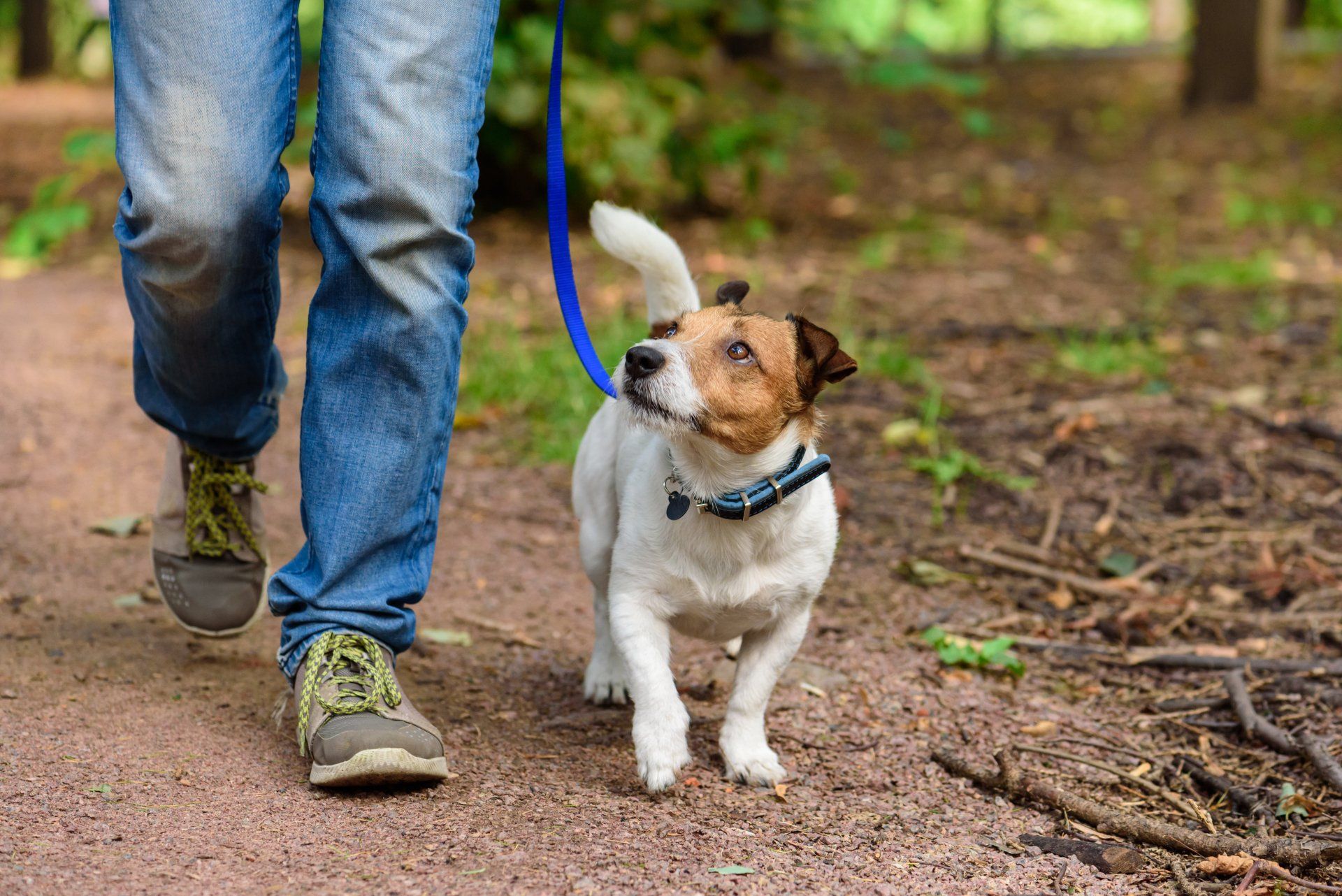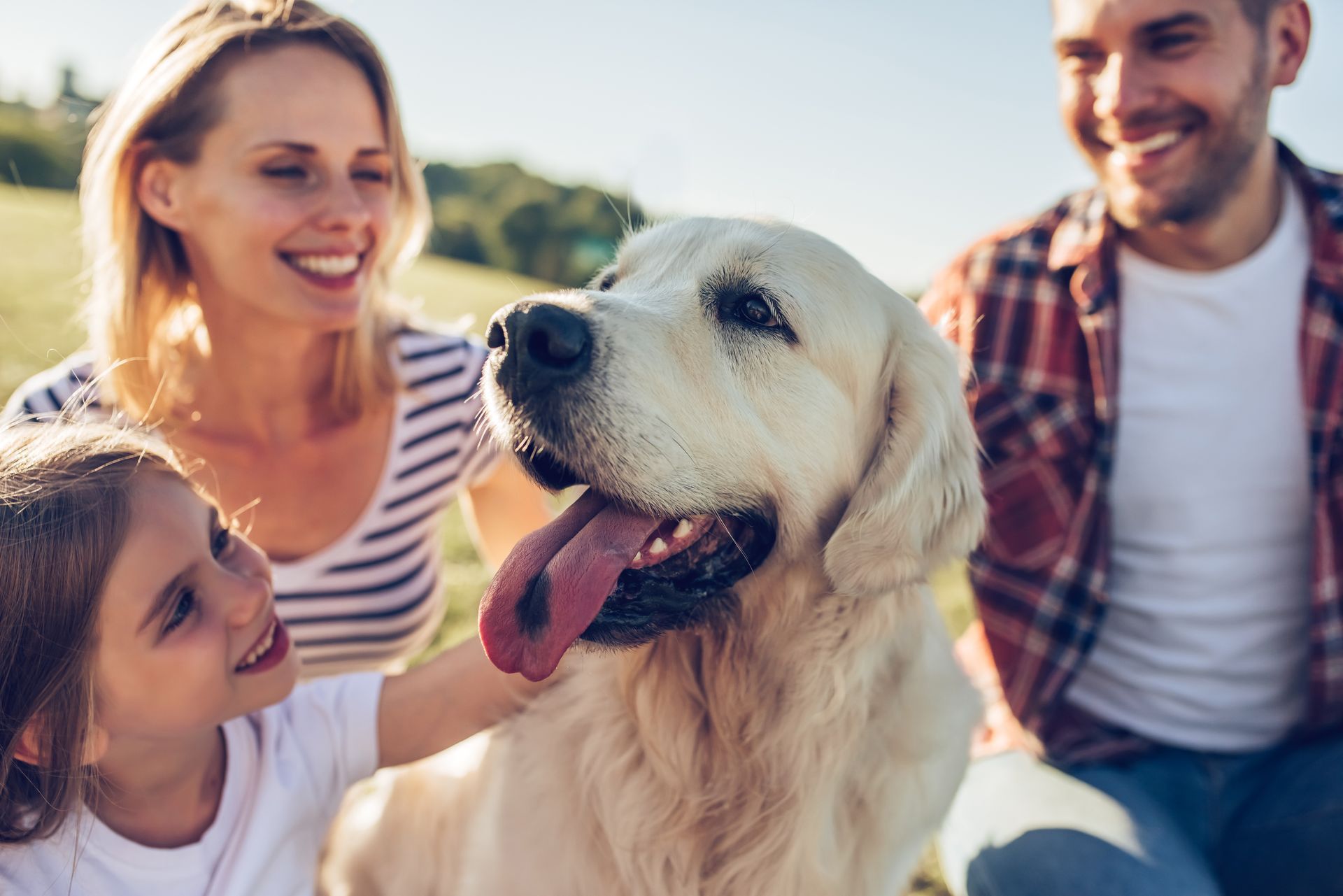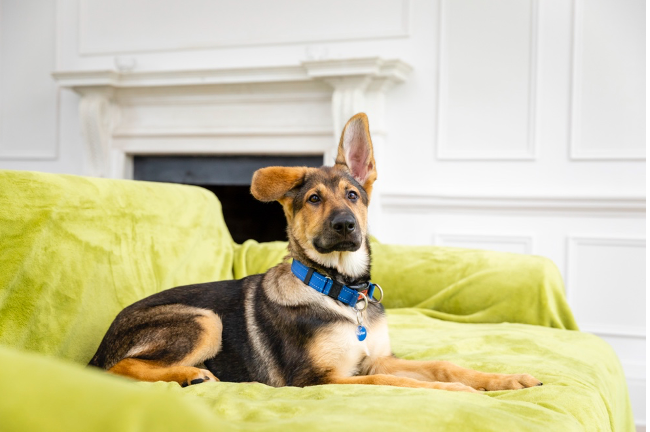Taking the lead on responsible dog walking
Forthglade | National Trust | Dog Training Tips & Advice • June 17, 2021
Taking the lead on responsible dog walking

If you have a dog that pulls, dislikes walking on a lead, or is finding social time with other dogs a little worrying, now is the time to put some daily effort into their training. Here are some key tips to ensure walkies are once again, enjoyed by all.
Start close to home
Training at home, especially with younger dogs, is the best way to build up on-lead skills and confidence, for you and your dog. Trying to teach anything in an environment with lots of distractions, will be a sensory overload. Build up in stages - from calm settings to busier as you see your training progress. Gradually allow your dog the safe space to move around on a slightly longer lead, giving them the opportunity to avoid or engage with new experiences as they feel comfortable. Base success not only on what has been learnt, but your dog’s confidence too.
On-lead strolls
While on-lead walks might not seem as fun as off-lead adventures, they’re an important way to reconnect with your dog; providing a chance to bond, closely communicate, and re-focus on training exercises. As a result of lockdown we’re seeing more dogs feeling anxious about other dogs approaching them. While a lead restricts your dog’s choices, it does allow you, as the handler, to create space - moving dogs apart and offering reassurance.
Try to make the on-lead part of the walk as fun as the off-lead destination! For example, you might stop and scatter some healthy treats in the grass for your dog to sniff, or you might ask them to perform one of their favourite tricks before you cross a road.
Free from tension
Scenic walks provide us pet owners with the opportunity to explore the world and relieve stress and tension. Removal of tension should be the aim for your dog lead too! A pulling dog can be exhausting - it’s not fun for either you or the dog. When you’re first training a dog to stop pulling, it can feel like an uphill battle. But there will be tiny moments on every walk where your dog pauses for a second, looks up at you, or moves closer towards you. Reward any of these moments promptly with a tasty treat, play, or affection. A clicker can really help to mark precise moments of this nice behaviour too. Over time your dog will learn that not pulling is recognised with a reward until it forms a positive habit.
Responsive recall
Poor recall is not only stressful for a dog owner, but it can impact other people or dogs in the area who might not be happy with your dog running up to them, even if they are super friendly. It can also be a safety issue. Dogs who will not return to their owner when called can present a real risk of getting lost, injured, or causing harm to animals or birds. Recall is one of the most important things we can teach our dogs, so in return we should provide our dogs with the highest value reward for this behaviour. If your recall needs some more work, then speak to a force-free trainer, and in the meantime use a long line or secure field to exercise your dog to practice.
Choose the right reward
To build up a good connection and relationship with our dogs on-lead, we want to motivate them so they can eventually hang out near us no matter what environment we're in. To do this, we need to pair the right reward - a yummy treat that competes with the distractions of the environment you’re training in. A piece of their normal food might be rewarding enough while you’re practising in your garden, but is unlikely to cut it once you have the distractions of other people and dogs around you. Keep a supply of high value treats with you when out on walks.
When chase isn’t safe
While you might not think it too concerning that your dog chases wildlife, such as squirrels, as chances are they’ll never catch them - it can be highly stressful for the animal being chased. Liken it to your own dog being chased by a much larger, vicious dog, and you can imagine how the wildlife may feel. Some wildlife is also protected by law and if your dog were to injure or kill them, you could be in for a hefty fine. Keep them safe on a longline if their prey drive is high!
Watch How Your Dog Responds AFTER walkies
Our dog’s behaviour after a walk sometimes gives us more information about how they found it, than how they behave during the experience. If your dog is pretty stoic while out on a walk but comes home and has the “zoomies” for a good few minutes, it might be a sign that things were more stressful than thought. Dogs who find it hard to settle once home, are burning off some of the stress energy they felt while out in the world.
If you see that your pet seems a little wound up after an outing, scatter some of their food in the garden for them to sniff for, or stuff a food toy with some wet food for them to chew - both of which help happy, relaxed hormones to be produced. Then next walkies take it a little slower and shorter to rebuild their confidence once again.
Read the full article from Forthglade at https://forthglade.com/blogs/news/dog-walks-at-the-national-trust


